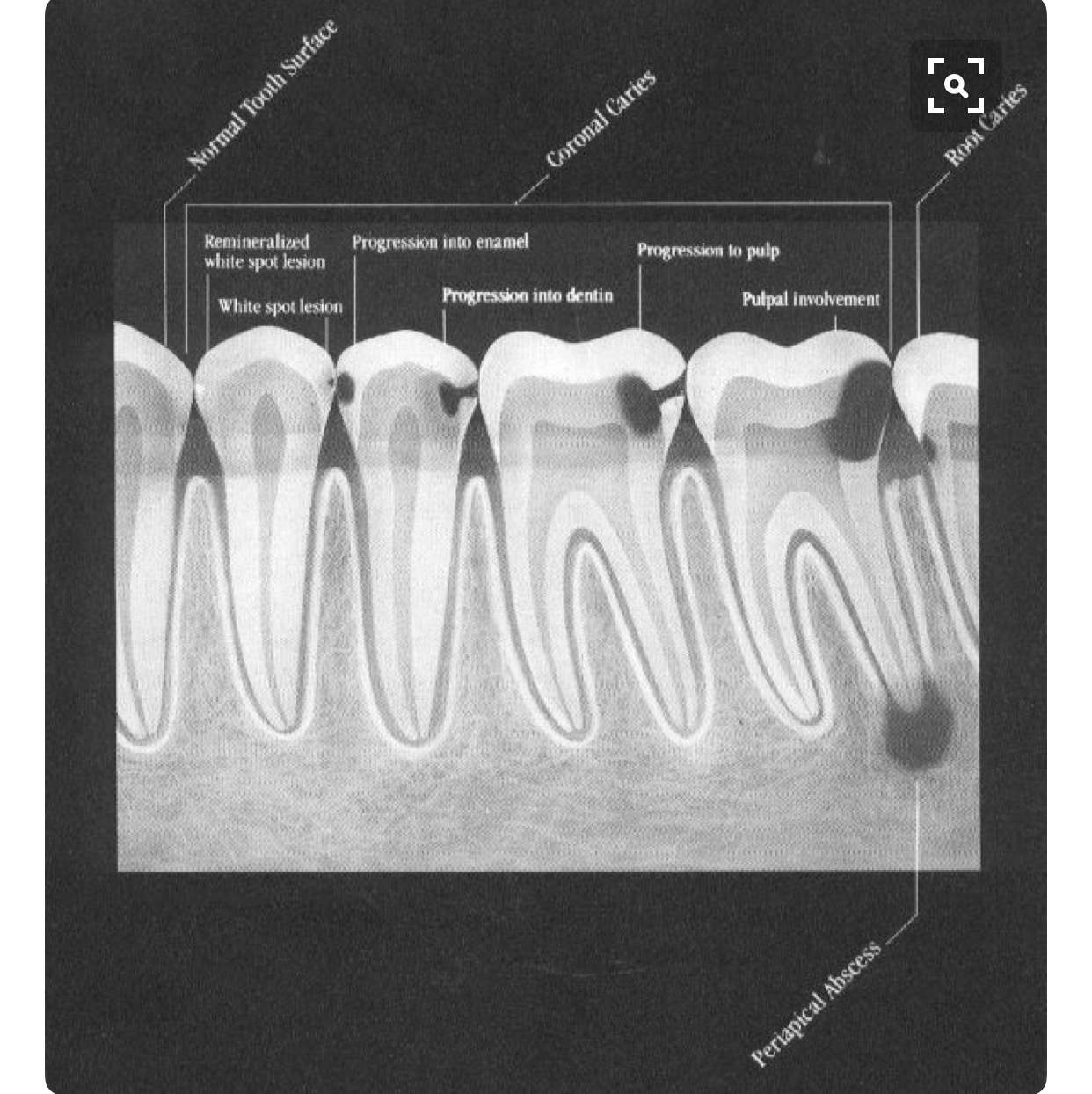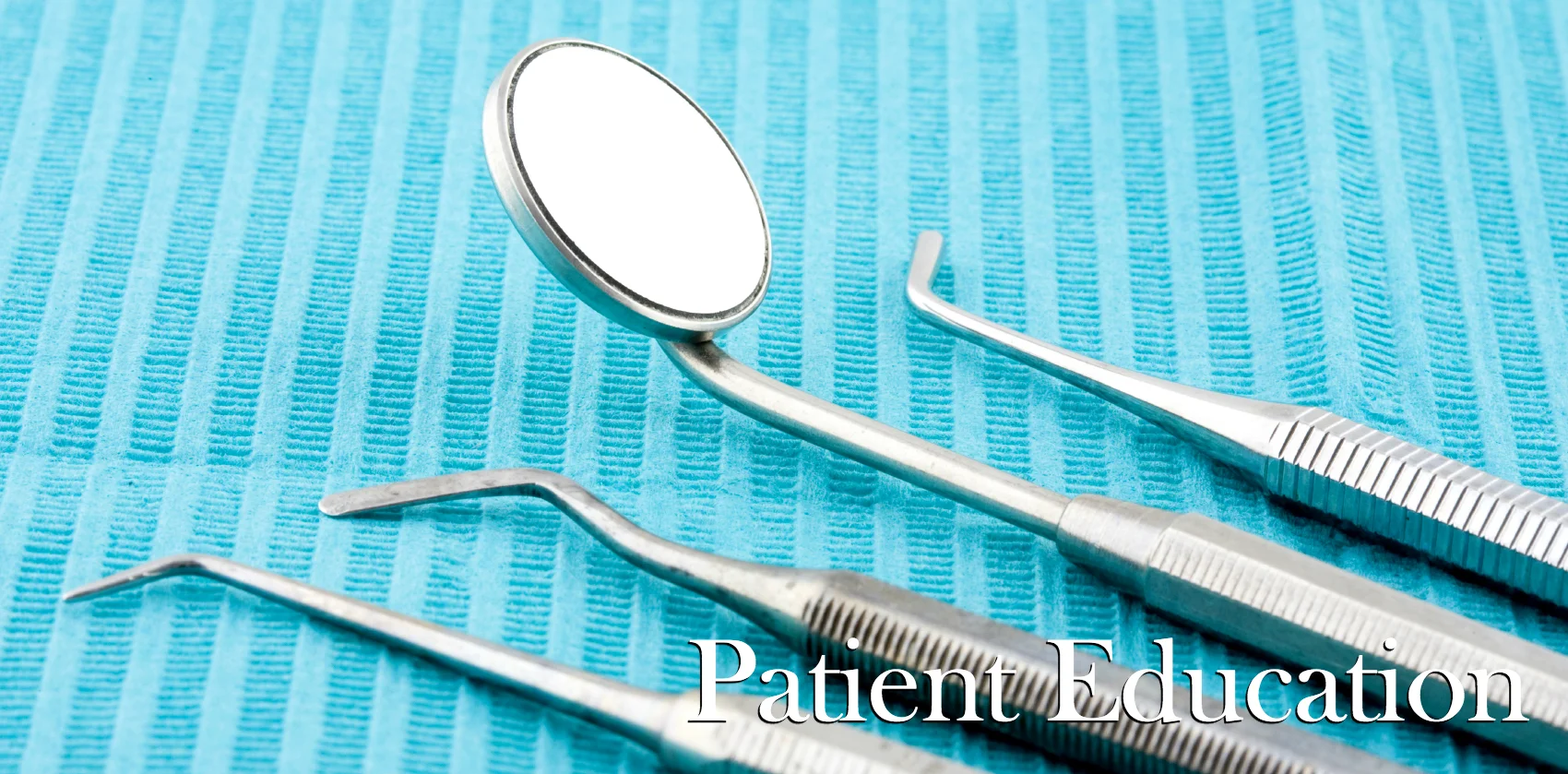Shredding or tearing floss is a common (and annoying) obstacle to keeping your teeth clean. Having to constantly switch to a new piece or use a frayed length of floss gets old fast. What could be causing your flossing woes? Take a look!
Between every two adjacent teeth exists a contact where they touch each other at their widest points. This space should be smooth and flowing, without any ridges or sharp corners. If you are shredding floss, there must be some sort of edge in this area that is disrupting the floss fibers. Many times, this is the result of a filling placed between two teeth that needs to be smoothed out. Small pieces of excess filling material, called flash can become dislodged and create an edge that tears at the floss fibers. The solution to this problem is to have a dentist smooth out or (in more drastic situations) replace the filling, creating a more anatomically correct shape.
Floss can also shred due to food, tartar, or other debris lodged in between teeth. Tartar, in particular, is rough and irregular, creating a surface that easily tears at floss fibers. The solution to this problem is to have a dentist clean the affected teeth, and return for normal dental hygiene appointments. When combined with regular cleanings, good flossing technique will remove stuck food and prevent the formation of harmful tartar in the future.
Flossing every day is one of the easiest and most beneficial additions to your home hygiene routine. Even if your teeth shred floss, we urge you to continue to use it daily to help maintain the health of your gums and bones. If you would like to know more about flossing, brushing, oral health or any other dental topics, please give our office a call!
























